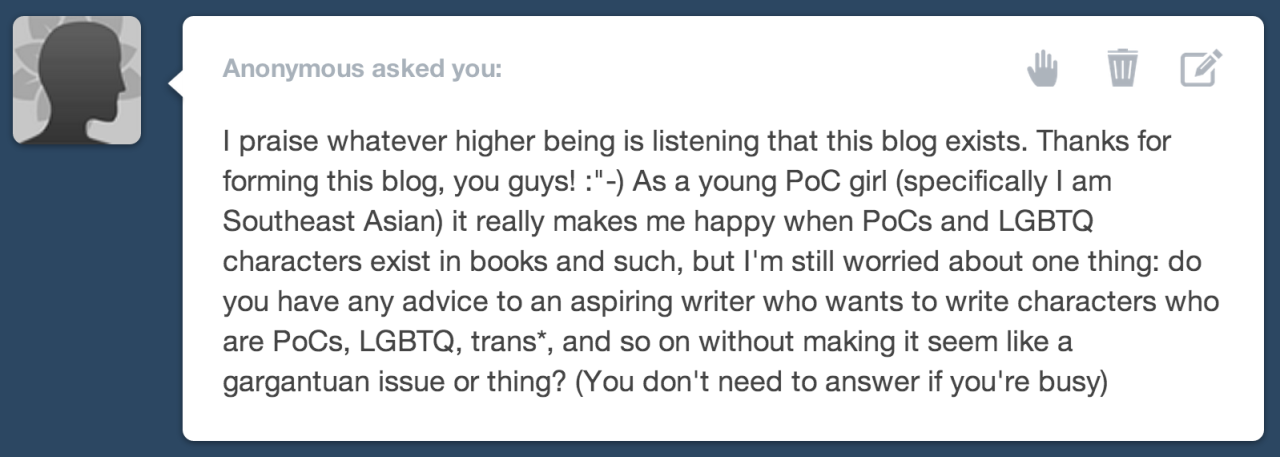After reading Glenn's article I found myself conflicted about a number of things. She writes, "Our possession-centric society tells young people that these fictional kids have acquired all that readers should desire", "Their wealth overcomes the more pathetic aspects of their lives", and that, "They might see themselves or someone they wish to emulate in the characters described on the page" (2008). I personally think that this is the furthest thing from the truth, at least in my instance (having read all of the Gossip Girl, a few books from its various spin-offs, the Au Pair books, and so forth, as a teen). As a teen, despite not perhaps being a "critical reader" (oftentimes only reading for the entertainment value and escapism), I found the aforementioned series to be so over the top and unrealistic that I never once considered that real people might live such lives or that I had to live a similar life (ie. pet monkeys, sleeping ones way into university, love octagons, and so forth). Furthermore, money never once overshadowed the characters/ lives for me- Dan's a chain-smoking/ chain-drinking poet who will most likely develop lung cancer before the age of thirty, Chuck will most likely end up in jail for sexual harassment, while Nate will for illegal substances, and so forth. I think, at times, that she doesn't give teen readers near as much credit as they deserve.
That being said, I do agree with the four themes found within the literature that Glenn identifies: "1. Entitlement—Wealth leads to entitlement that is recognized and flaunted by those who hold it. 2. Disparity of class and race—Those who hold this wealth are white or hold inherited title; those who serve the wealthy are members of an ethnic minority or come from nonpatrician family lines. 3. Empty relationships—Wealth does not guarantee strong relationships with parents or genuine friendships—and that’s OK. Having money is worth these sacrifices. 4. Conspicuous consumption—Outward displays of money and wealth are desirable, a game of sorts that bestows privilege and glory upon participants who can afford to play" (2008). However, I do believe that the television adaptation of Gossip Girl does help to combat this, to a degree (which would help to supplement those who may both read the series and watch the television show). For instance, in the Gossip Girl novels Cyrus Rose, Blair’s mother’s boyfriend (and eventual stepfather), is characterized as worthless, "He wears “tacky Italian loafers” (p. 7) and “one of those gold Cartier cuff bracelets that you screw on and never take off— very popular in the 1980s and not so popular now...” (2008). However, in the television adaptation he is portrayed as being a very caring individual, more present in Blair's life than her own father, and oftentimes as a source of advice for her. Furthermore, there is much more diversity in the characters than in the novels- with Vanessa being of mixed ethnicity (her mother is black), with Nelly Yuki being of Asian descent, and Penelope being Hispanic (and not just being, "...embodied as nothing more than sexual beings" 2008, as Glenn writes). Furthermore, many of the characters do struggle with finances (Nate especially), however they do not allow it to dictate their lives, rising above it and becoming better people for doing so.


